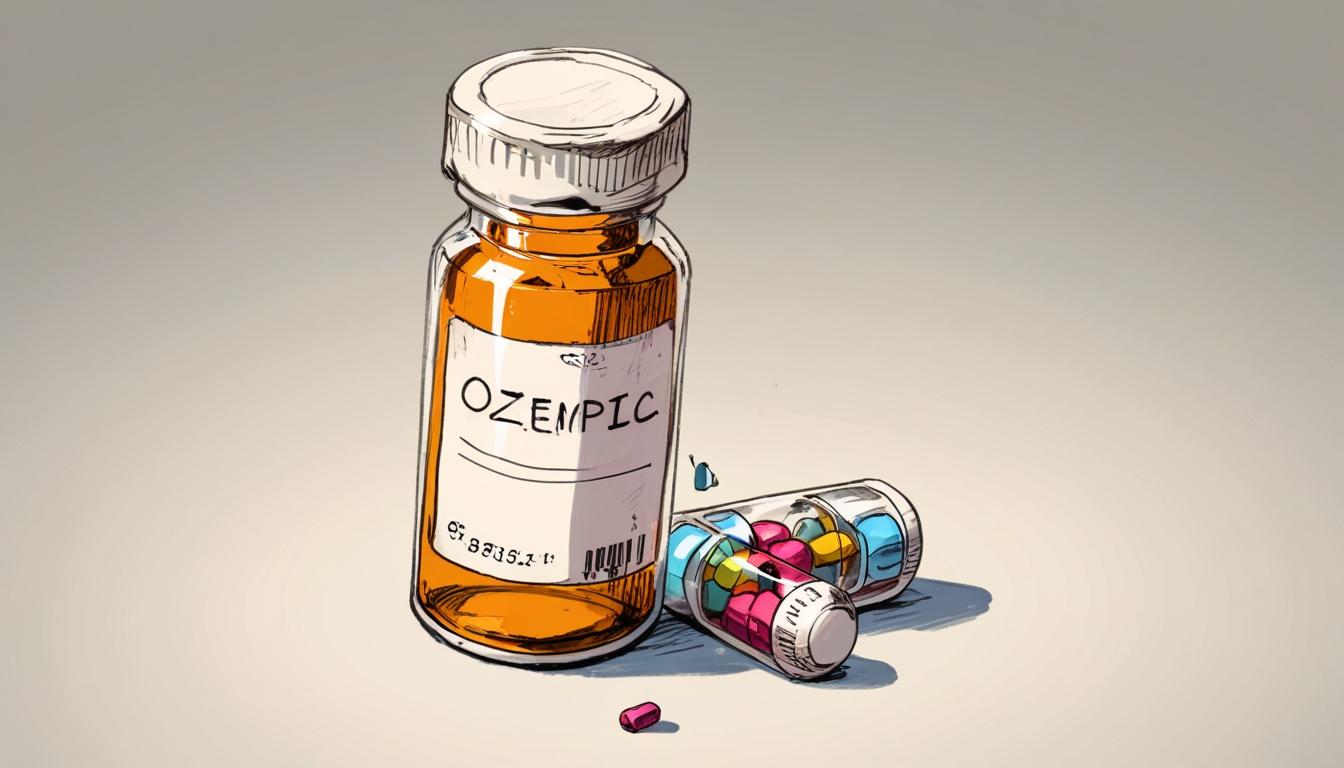A significant battle within the pharmaceutical industry over GLP-1 drugs—originally developed for diabetes treatment but now widely used for weight loss—is drawing intense attention from various sectors, including the dietary supplements market.
GLP-1 drugs such as Ozempic and Mounjaro have experienced surging demand beyond their initial diabetic patient population, creating shortages that opened a window for compounded pharmacies to produce chemically identical versions. These compounded alternatives were offered at a fraction of the price of brand-name versions, with telehealth companies and compounding pharmacies pitching doses for approximately $150 a month compared to the original prices exceeding $1,300 monthly.
However, the pharmaceutical giants behind these drugs, Eli Lilly and Novo Nordisk, have ramped up production and successfully obtained FDA orders to halt the manufacture of compounded versions. Smaller compounding pharmacies were required to cease by 22 April, with larger companies facing a 22 May deadline. Concurrently, both Eli Lilly and Novo Nordisk have reduced the out-of-pocket cost for the brand-name drugs to about $500 a month, a substantial decrease from their previous price point but still significantly higher than compounded substitutes.
The implications of this situation for the dietary supplement industry are multifaceted. Observers note the supplements sector has been positioning products aimed at consumers considering or seeking alternatives before resorting to GLP-1 therapies. These products often claim to mimic GLP-1 effects, although such assertions have resulted in legal challenges from plaintiff attorneys scrutinising the validity of these marketing claims.
Speaking on the matter, the New Hope Network highlighted that while offering an alternative to pharmaceutical options is one avenue for supplement companies, there is a broader role they can play. This includes supporting consumers during their treatment with GLP-1 drugs by promoting health maintenance and assisting those who cease drug use in managing weight retention post-therapy.
Market dynamics may shift depending on the affordability and accessibility of GLP-1 drugs now that compounded versions are restricted. Some consumers might discontinue these medications due to increased costs, potentially increasing demand for supplements aimed at individuals who have just stopped treatment. Others who previously hesitated to purchase medications through telehealth pharmacies due to trust issues might now find the lowered $500 price point more approachable, thereby diversifying the consumer base and their expectations concerning supplements’ roles.
Industry analysts are considering various scenarios concerning how these developments will affect the supplements market. The global GLP-1 drug market is projected to approach half a trillion dollars by 2032, emphasising the scale and financial stakes involved. The legal conflicts between pharmaceutical manufacturers and telehealth companies add another layer of complexity as the sector evolves.
For supplement companies observing these developments, monitoring the outcomes of this pharmaceutical dispute will be critical in shaping future strategies. Understanding shifts in consumer behaviour and market boundaries could determine the success of supplement brands in this evolving landscape.
Further insights into the intersection of GLP-1 drugs and supplement markets are detailed in the Supplements in the Ozempic Age Special Report.
Source: Noah Wire Services
